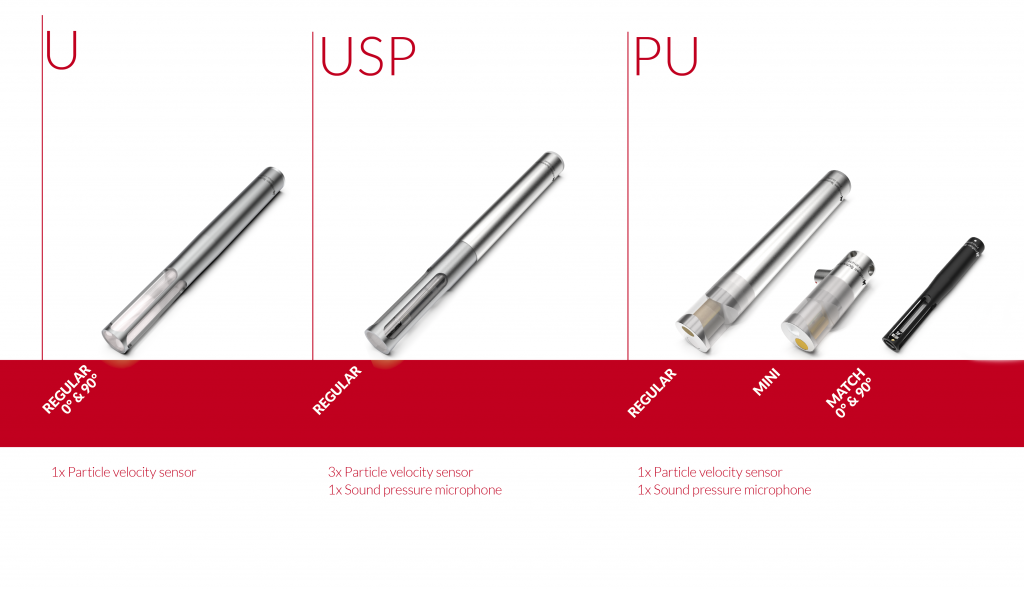Microflown Technologies was founded in 1998 by Hans Elias de Bree and Alex Koers, following the invention of the particle velocity sensor in 1994 by de Bree. The Microflown sensor is a truly unique acoustic sensor. It is the first and only sensor in the world that allows to directly measure particle velocity as a physical quantity.

Twenty years after the invention, with customers all over the world, we have proven to be an important contribution to the understanding and charting of sound fields.
For acoustics as a science, the Microflown sensor proved to be a massive leap forward, empowering researchers and engineers to advance their understanding of complex vibro-acoustic phenomena. The innovative character of Microflown did not stop at the sensor level. New measurement techniques were researched in cooperation with the brightest minds in the world of acoustics.
The Microflown sensor element is a MEMS based sensor. The very small sized elements are created on silicon wafers by a clean room technology. The sensing element consists of two ultra-thin wires (thinner than a strand of human hair). These wires are platinum resistors that act as temperature sensors. They are powered by an electrical current which causes them to heat up. An increase of the temperature of the wires leads to an increase of the resistance as well.
As the particles pass over the heated platinum filaments, the first filament is cooled and the returns to temperature as the particles pass and move onto the second filament. This allows measurement of particle velocity and vector.
Less Susceptibility to Background Noise
Until the invention of the Microflown sensor, acousticians were limited to the use of microphones to quantify sound. Being a scalar value, sound pressure provides information about the magnitude and phase of the sound field at the measurement location. Unlike sound pressure, the particle velocity is a vector quantity, and is thus described by magnitude and phase, as well as direction. Measuring three-dimensional particle velocity at one single spot in the sound field, provides a better description of a sound wave‘s physical behavior, as compared to the same measurement based only on sound pressure. Moreover, the physical behavior of particle velocity coupled with the unique features of the Microflown sensor, allow for accurate measurements under non-anechoic conditions, such as office spaces, test facilities or even manufacturing environments.
MEET THE FAMILY

Find more detailed information here.
